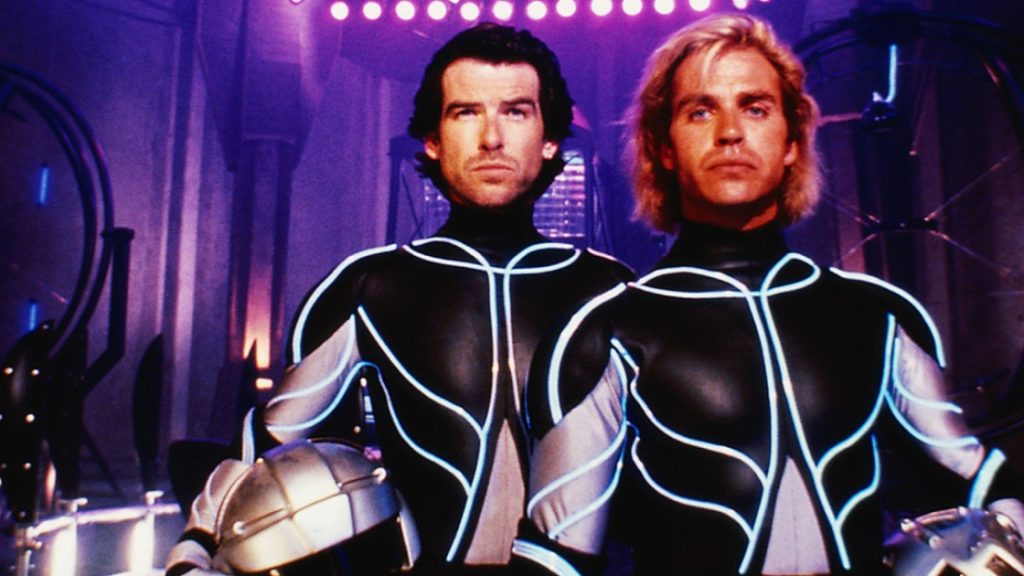
Vision Pro and ‘LoFi Experience’
I must be getting old. I am increasingly finding myself agreeing with analysis from Scott Galloway. In this case it was his take on Apple’s new Vision Pro ‘spatial computer’ – the notion that it’s a smart business play from a cash-rich industry leader to keep the competition – in this case Meta – from annexing and enclosing the metaverse as their own advertiser funded fiefdom. If the self-styled ‘Prof G’ has got it right, it’s a smart hedge that’s worth making if you have Apple’s amount of free cash. What else are you going to do? Pay tax!? Deeply unimaginative. I also agree with much of the sentiment driving his ‘get outside and get back to the office’ rant at younger workers that recently went viral, even if the delivery left him very exposed to some ‘Hey X-er’ clap back. We are social animals and are spending too much of our time mediated through screens.
I absolutely hate the term metaverse, so at least Apple’s decision to use ‘spatial computing’ is a blessed relief. Metaverse is both singular and escapist, whereas any successful adoption of this tech will invariably be multiple and blended, with AR and VR applications, and the likely hardware as it evolves will end up looking very different. My personal position is that I am long AR and short VR (vs. is current hype); AR will enhance reality in an increasingly rich, connected (and connecting) way with devices that will become less and less intrusive, vs. VR which I believe will remain specialized in its professional applications – engineering, architecture, design, and increasingly solitary in its leisure uses – immersive gaming, VR pornography, 3D film; essentially tech for incels. I might be wrong and accountants everywhere will be sitting on their commute, jacked into an IMAX sized spreadsheet like a very boring sequel to the matrix.
Many years back, when I was working at Flamingo in London, we got a few pairs of Google Glass to play with, and even with all the limitations they had, I was impressed. I am a knowledge junkie at heart and the prospect of adding a visual layer of metadata to the world around me is tantalizing, whether wandering around a new city on holiday or just looking at an old corner of home in a new light. These powerful immersive applications for AR don’t necessarily need to be visual. The second most memorable immersive experience I ever had was nothing to do with glasses, or goggles, or vision at all. It was an audio tour of Barcelona that told the history of the city during the early days of the Spanish civil war. It was a self-guided, self-guiding app that triggered recorded elements, spoken by actors complete with sound effects based on your location. My partner and I wandered round our own personal, processional radio play telling us about the bloody battles on the streets of the city. This was the days well before full wireless headphones, and we walked close to each other, arm in arm with a wired bud each in one ear, mesmerized by the storytelling and the lo-fi AR magic.
But this got me thinking about the back and forth amongst the tech Twitterati and LinkedIn ‘authors’ on Apple’s Vision Pro, where it seems that both the pro-Pros and the antis have missed the point by focussing on the hardware. Apple’s entrance to the space with this new device moves the conversation forward; it provides proper competition to the Zuckerberg bobble-headed model, which just reminds me of the Nintendo Wii interface where you built your little characters, but strapped to your face, rather than on your telly screen. It points to more grown up applications for this technology and an expression of the ‘M-word’ that is literally and figuratively more anchored in reality. It will push more creatives and coders to experiment with spatial video and audio, more interesting AR application layers layered onto real life, more interesting phygital software that can be adapted and used on other handheld devices. More innovation is always a good thing, and this hardware will be both a canvas and a catalyst for creativity.
I hope though, that this new kind of computing pans out brings us closer together rather than wraps each of us in a new even more atomising screen. Though designing for deeper experiences and better connections doesn’t need to be cutting edge, it just needs to be human centric. My most memorable immersive experience proved this exact point. My partner and I were once lucky enough to be able to treat ourselves to a Singapore Airlines long haul business class flight from Sydney to Singapore. The wide sofa-like seats in their A380 cabin had two headphone jacks one on each side of the seat and were wide enough for two to sit together in front of one screen. On that flight, we squeezed into one of our seats and watched together the entirety of the BBC’s adaptation of War and Peace while the cabin crew topped up our champagne. Truly Magical. And about the same price as the Vision Pro. Designing for immersive experiences that can connect us doesn’t need to be high-tech.